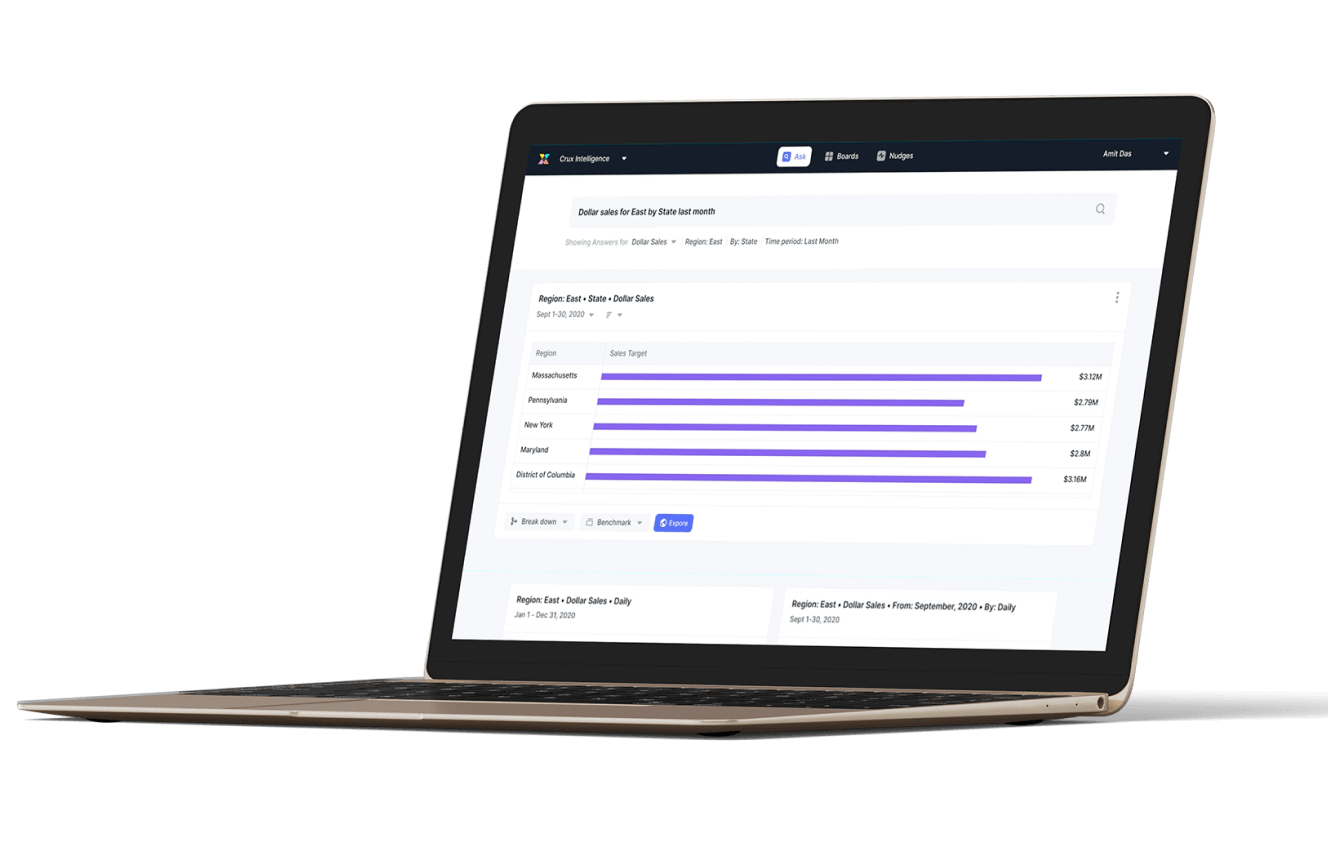Business intelligence continues to be a vital strategy in a company’s approach to data analysis and configuration. While these tactics prove to be useful today, Big Data has changed just how much we can learn from the information companies collect. In fact, it’s a major reason why machine learning is on the rise at the corporate level.
With more data available to businesses than ever before, the process of disseminating collected information into tangible insights for strategic operations can feel daunting. Luckily, machine learning and AI assist companies seeking to speed up the analysis while also gathering reports and recommendations for executive leadership along the way. Looking for artificial intelligence strategies for leading businesses can be a way to level up your company’s BI game.
While AI and BI can be a perfect pair, it helps to see it in action.
Four Ways Companies Can Transform BI Using AI
The increase in data available to companies is a great tool for enhanced insights into audiences and markets. Of course, that also means you’re looking at more data to analyze than ever, but with that come artificial intelligence business opportunities. Here’s how AI can help.
1. Rapid Analysis of Large Data Sets
More data means more possibilities, but it also comes with a caveat: you have a lot to work through in terms of analysis as a company. That said, rapid analysis via AI can really help speed up the process.
Plus, machine learning means that every set you send through AI solutions makes your program smarter and better equipped to carry out relevant tasks. As you continue to utilize AI, you’ll also help combat the risk of errors in data causing problems down the road.
2. Spot Anomalies in Real-Time
When an error or anomaly pops up in your data reports, it could be a while before your analyst spots the issue. With AI, anomalies are identified in real-time, saving resources and the risk of small problems becoming big ones.
It’s key to think of AI as a resource for your analysts and not a replacement. The two work hand in hand to complete normal tasks as well as think critically about how to take analysis reports and use the information for optimized operations.
3. Automate Tedious Data Analysis Tasks
As noted above, AI is not here to replace human analysts. Rather, investing in machine learning opens the door for further artificial intelligence business opportunities. Think of it this way: your analyst team should be focused on what’s most critical to the company.
To accomplish this, they need to be free from the tedious data analysis tasks that come with the role and focused on critical thinking-based applications for their knowledge. AI helps them do just that.
4. Prioritize Features that Customers Want
Lastly, how can artificial intelligence help business goals like increasing sales and better market saturation? AI helps identify the features customers want most through data analysis. This is the insight into your audience you always wanted.
While you can’t read customers’ minds, you can maximize what you learn about them through collected data thanks to AI. It’s a vital element any company should want to utilize as they strategize for new products, features, and solutions.
Conclusion
When it comes to modern business intelligence, there’s no better tool to accompany your current data analysis practices than AI and machine learning. Companies that bridge these two strategic resources together are sure to find exemplary results and be better prepared for the road ahead.








